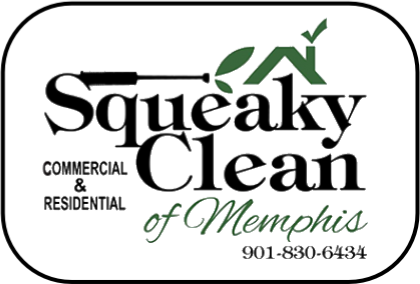Richwood backyards are built for long afternoons—kids in the water, guests on the patio, and bare feet moving between deck and kitchen. That foot traffic plus shade and splash zones can turn smooth stone or broom-finished concrete slick in a hurry. The fix isn’t brute force; it’s a surface-specific plan that restores traction, brightens the deck, and protects surrounding landscaping.
Diagnose before you clean
Start with a simple inspection. Note the deck material—concrete, pavers, natural stone, or coated surfaces—and map the trouble spots: damp corners, shaded areas, and paths where people climb in and out of the pool. Identify stains by type. Algae and mildew create a thin biofilm; leaf tannins leave brown shadows; rust blooms near furniture and rail anchors. A few quick photos help you measure results and, if needed, communicate with an HOA.
Traction first: even, low-impact passes
For most decks, consistency beats high force. Use a surface cleaner to make overlapping passes that deliver an even finish in daylight. Keep pressure within safe limits for your material to avoid cream loss on concrete or joint disturbance on pavers. Pre-treat algae or grease at entry points and ladders, allow a short dwell, then rinse in controlled sections so dirty water never crosses freshly cleaned areas.
Edge work around coping and joints
Pool edges, coping stones, and expansion joints show imperfections first. Switch to a wide-fan wand for borders and steps; maintain a steady stand-off to prevent lines. On pavers, throttle back along edges to protect joint sand. If joints are low, plan a re-sand after the deck is fully dry. For coated or sealed surfaces, confirm compatibility of cleaners and avoid tools that could lift the finish.
Plant and water protection
Richwood landscapes are part of the look. Pre-wet shrubs, cover delicate beds near splash zones, and guide runoff away from planters and mulch with diversion pads. Confirm that any treatment used near the pool is compatible with adjacent materials, and keep overspray off screens, furniture cushions, and outdoor kitchens. Finish with a neutralizing rinse where appropriate and a quick wipe of stainless fixtures to prevent spotting.
Targeted stain solutions
Orange rust halos near chairs or rails respond to a specific remover—not more force. Leaf tannins lighten with a gentle application and brief agitation. Sunscreen and grill grease near seating areas need a degriming step before your main passes. Work small, then blend the surrounding area so color and texture read uniformly from every angle.
Dry time and safety checks
After cleaning, let the deck dry completely before heavy use, especially if you’ll be re-sanding pavers or applying a sealer. Walk the surface in low shoes to confirm traction at ladders, steps, and the shallow-end entry. If you want deeper color or easier upkeep, consider a breathable, non-film sealer designed for wet areas; prioritize traction ratings over gloss.
What a professional visit includes
Expect a written scope, plant-safe chemistries, a surface cleaner for uniformity, careful edging around coping, and tidy water management. The walkthrough should verify traction at high-risk spots, stain removal at rails, and clean lines at the water’s edge.
Ready to make your Richwood pool deck safer and brighter?
Book Squeaky Clean of Memphis for expert pressure washing that restores traction without risking your landscaping. Keep the momentum with our next local guide: Rocky Ford Estates: Long Driveway Pressure Washing.
